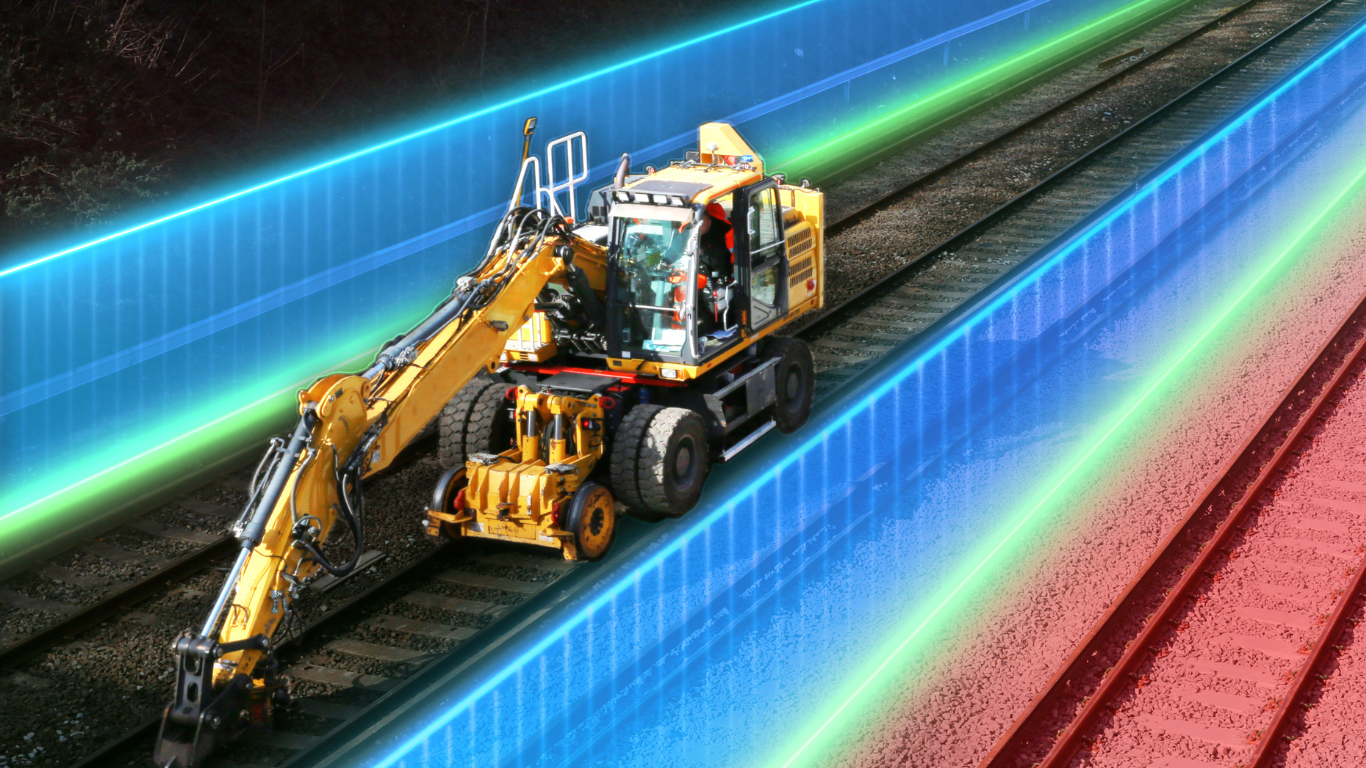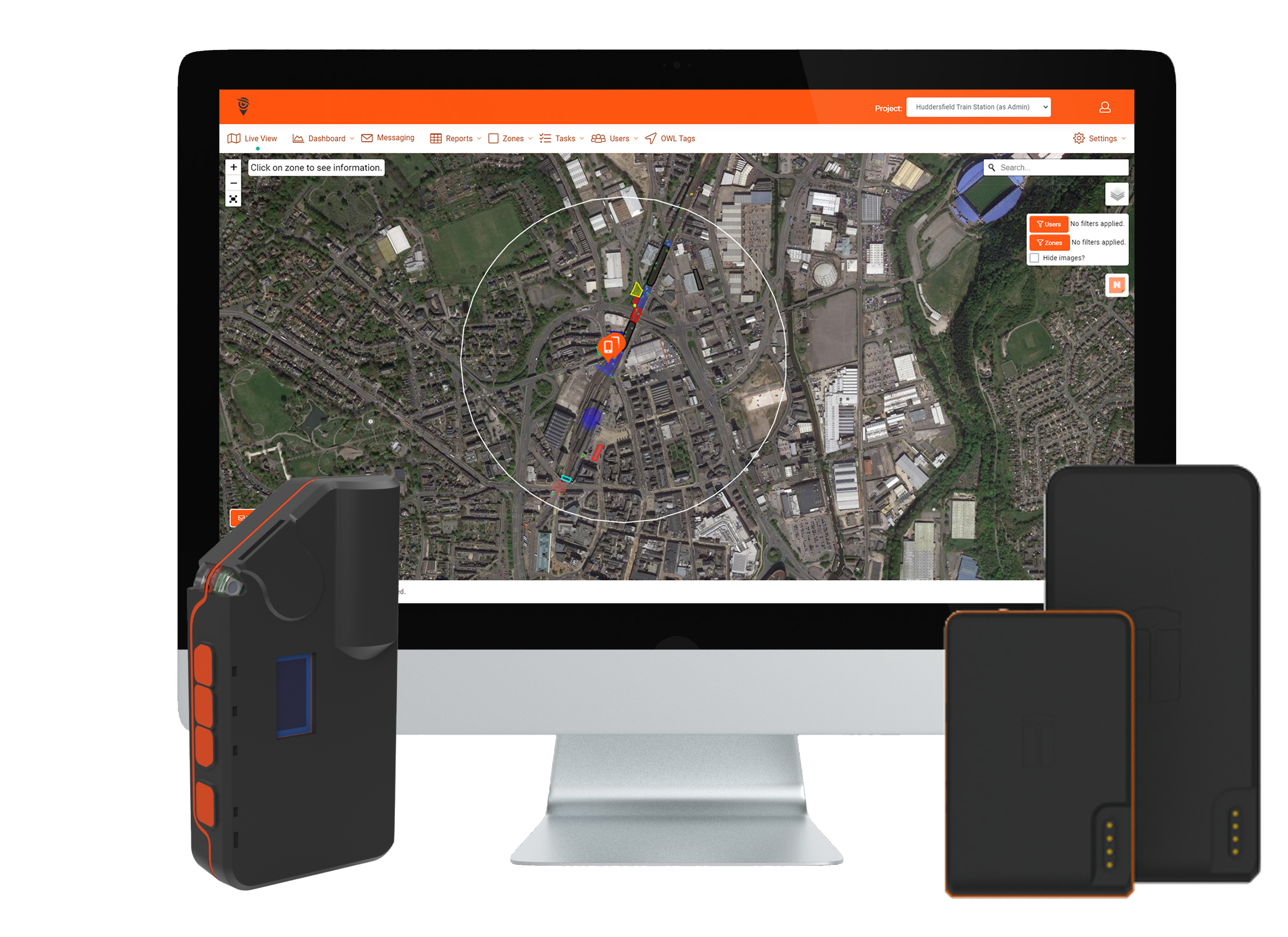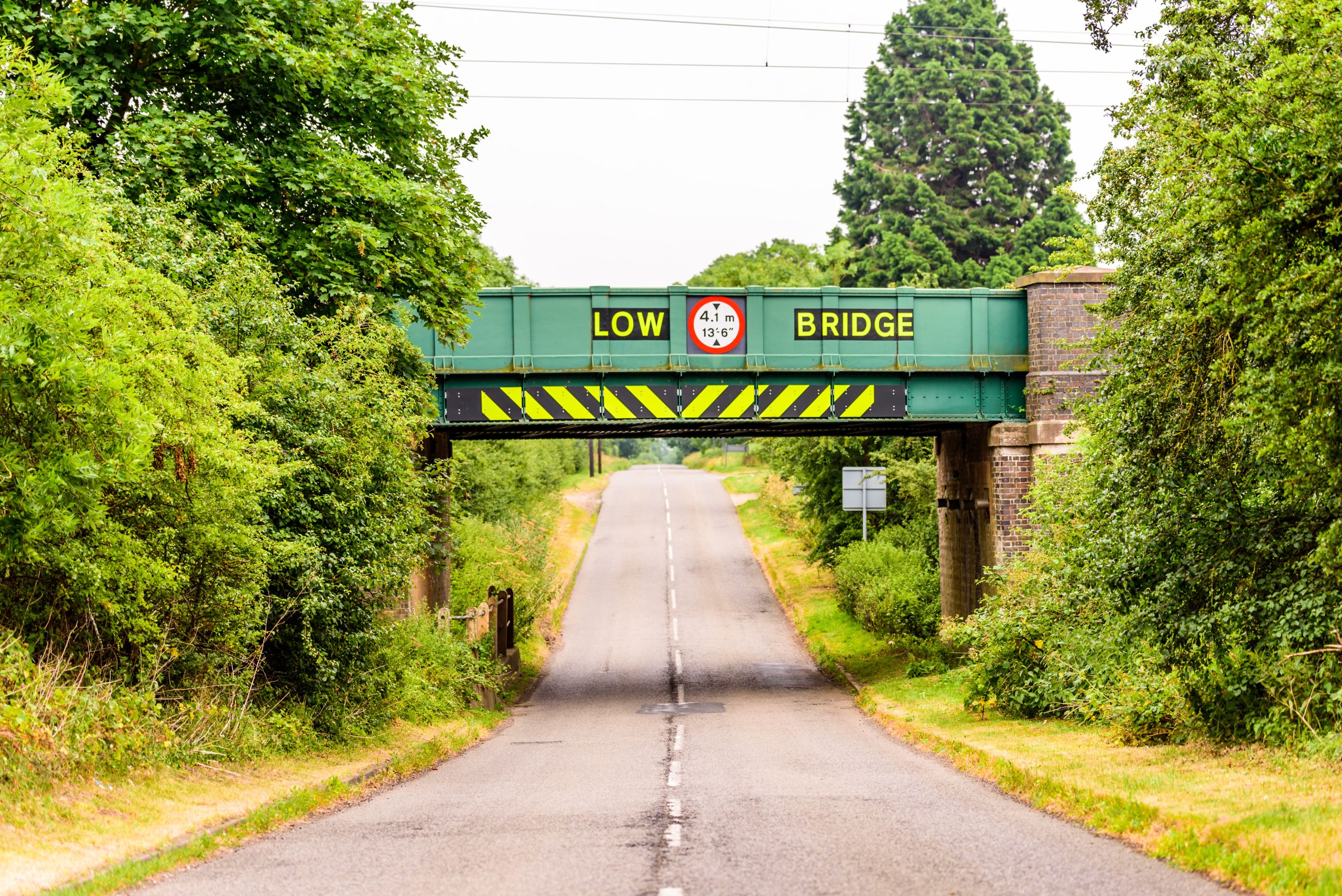Vegetation management is critical to ensure the railway is kept safe. Vegetation can block access and damage infrastructure if not carefully managed – and has the potential to encroach on train routes too.
Vegetation management is therefore a complex process – and many teams including contractors, ecologists, maintenance teams are involved. There are several considerations for the teams involved in lineside vegetation management and these include:
- Rail performance and safety.
- Environmental compliance.
- Climate change mitigation and adaptation.
- Cost effective solutions for maintenance.
How tech can play a vital role in vegetation management
Trials using AI to identify species and plants using cameras on trains have proven that technology can play a role in monitoring flora and fauna lineside.
The trials, in collaboration with the UK Centre for Ecology and Hydrology (UKCEH) have demonstrated that AI can identify both invasive as well as native species that could be under threat due to disease.
Dr Tom August, a computational ecologist at UKCEH, explains:
“The trials demonstrated that we will be able to monitor lineside vegetation safely, cheaply, quickly and at scale.”
The Network Rail Biodiversity Action Plan
Monitoring for biodiversity is important, as Network Rail in the Biodiversity Action Plan has annual state of Nature reports carried out each year. The Action Plan is comprehensive and has an ambitious target of no net loss of biodiversity by 2024 and a net gain target of 2035.
Dr Neil Strong, Network Rail’s Biodiversity Strategy Manager, says:
“With 52,000 hectares of land to manage and seven million people living close to our railway, monitoring, maintaining and improving the biodiversity of our land effectively is a monumental and vital task which requires forward-thinking solutions.”
Geofencing for vegetation Management
Geofencing wearable devices, currently being used for track worker safety can also be used to protect biodiversity and place virtual barriers around invasive species such as Japanese Knotweed. The data taken from other tools such as AI trials can be uploaded into the OWL portal and flagged to those working on or near the railway.
This means anyone wearing an OWL device who steps near these areas will be alerted via their wearable device that they should not be in that area.
Further Reading
Lineside Vegetation Management Manual (networkrail.co.uk)
Challenge-Statement-Lineside-Vegetation-Management.pdf (networkrail.co.uk)






